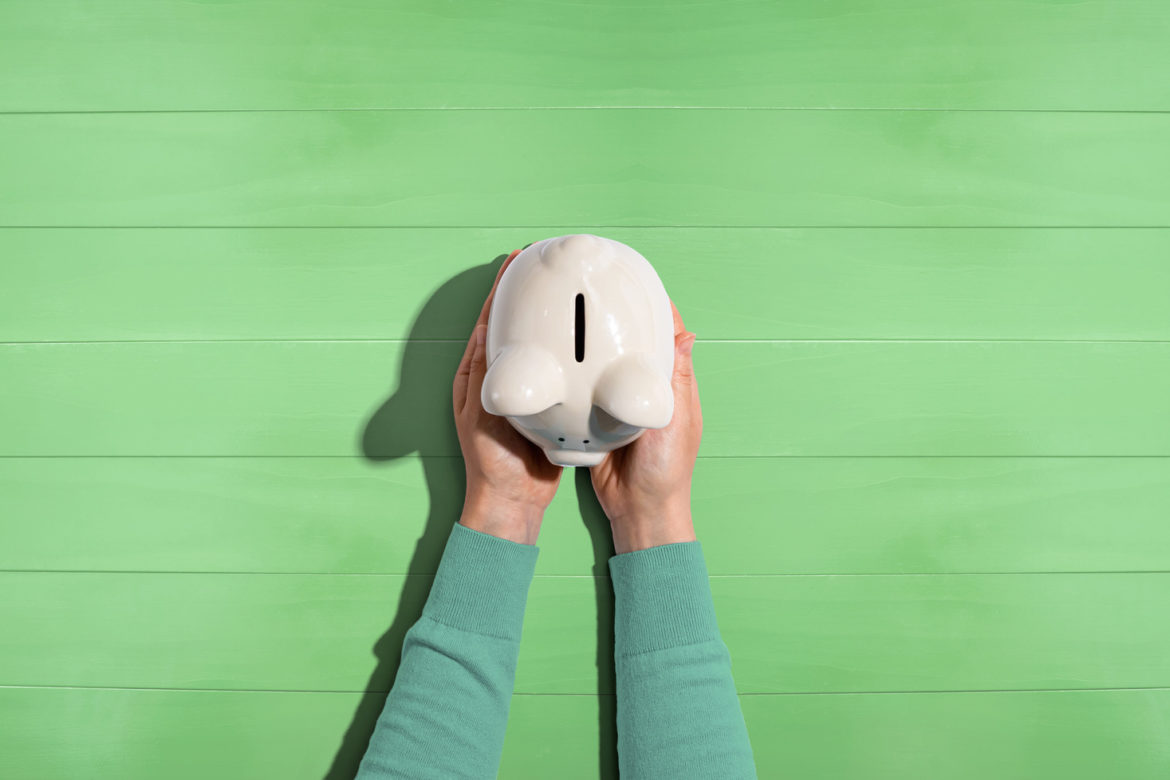|
Getting your Trinity Audio player ready...
|
Focus on the three Ps and the subscriptions won’t just come. They’ll stay.
It will come as a surprise to precisely no one that economic conditions are tough and consumers are scaling back. No business is immune. Having ridden the digital boom during the pandemic, many consumers say user experience issues and a lack of subscription personalisation features have caused them to abandon their subscriptions, seeing a drop in numbers across services.
But it’s not all doom and gloom. The New York Times saw double-digit growth as it added one million new digital readers, taking the total to 9.6 million.
The subscriber model has long been viewed as the best way to build lasting relationships with customers. While formerly predominantly the preserve of the publishing world, its value has been recognised by businesses from meal delivery to software. Even Elon Musk is getting in on the act, revealing that Twitter will now share ad revenue with creators on the platform, provided they sign up for the $8 Twitter blue.
But key to the success and customer retention of these subscriptions must be value, not inertia. Companies need to find ways of increasing stickiness and keep consumers coming back for more.
The New York Times excels in this area, with its bundled subscriptions including gaming, cooking, digital news and its iconic games selection. The publisher garnered worldwide attention when it bought the stratospherically popular Wordle game which no doubt also helped it with those million new subscribers. But the variety and shareability of its games is what’s keeping new readers there.
Other companies have also implemented service bundling, such as linking one product to another, much like how Amazon links Prime with Kindle. However, some companies have taken additional measures to improve customer retention that may not always be perceived as consumer-friendly. This includes the use of “dark patterns,” which involves using design, language, and website navigation to make it challenging to unsubscribe. Certain audiobook services have been known to use this tactic, whereby audiobooks become inaccessible once the subscription ends.
Consumers may be watching the pennies, but they haven’t stopped spending where they can see value in doing so. Spotify announced in Q4 2022 that it had grown its subscriber base by a fifth on the previous year. Revenues, too, had soared 18 percent. This on top of huge investments in big-name stars like the Duke and Duchess of Sussex.
So what can brands and publishers do?
For retention by design, rather than by default, marketers need to look to the three Ps: Pricing, Packaging and Promotion. These were identified in Recurly’s 2023 The State of Subscriptions report as the three pillars, not just of acquisition, but also retention.
Firstly, consumers want choice. That means choice of payment options and tiers. ChatGPT has a freemium model as well as a $20 monthly option. The latter claims to get users online faster and be able to access new tools. For some, time is money.
A balanced mix of payment options is also the key to reducing churn. The report found that a ‘thoughtful payment experience’ makes consumers more likely to convert. The most popular payment method is debit cards at 53%, with credit cards at 27%. However, if publishers can make it attractive for the consumer to use a credit card, it will pay off in retention. Involuntary churn was highest for debit card users and lowest for credit card transactions.
Packaging refers to the bundling mentioned earlier – how are you going to present products of value to your subscriber. Given they are still price sensitive—the average churn rate has risen from 6.5% to 6.8% over the year, from 2021 to 2022—they need to see value. Exclusive content, discounts and multiple products that complement each other are key.
Finally, promotions inevitably appeal in a difficult market, but making sure they stay afterwards is an art. Coupons and promotions can easily be paired with trials to encourage experimenters to convert. The length of the trial is also significant. We found that the highest level of free trial conversion rate was 43% and that was achieved by trials of seven days or less. Trial periods of longer than two months saw a significant drop off in conversion to 33%.
And once you’ve decided on your customer retention strategy? Consider changing it. 40% of Recurly merchants make changes to their subscription formats every year, to take into account changes in the economy. Price, billing frequency, setup fees and trials are always under consideration. As a result of attention paid to plans, pricing and promotions, recurring revenue businesses on our platform have seen a 21% increase in subscriptions from 2021 to 2022.
Focus on the three Ps and the subscriptions won’t just come. They’ll stay.
Oscar Wall
General Manager EMEA, Recurly
Recurly is a subscription and billing platform trusted by leading brands to grow their recurring revenue faster, smarter, and stronger.


